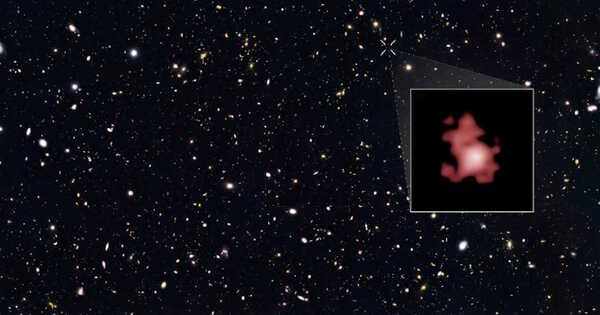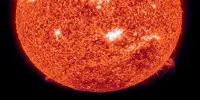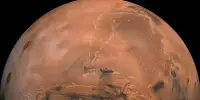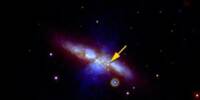Researchers have identified the oldest black hole ever observed, dating from the beginning of the universe, and determined that it is ‘eating’ its host galaxy to death.
The worldwide team, lead by the University of Cambridge, utilized the NASA/ESA/CSA James Webb Space Telescope (JWST) to identify the black hole, which formed 400 million years after the big bang, almost 13 billion years ago. The findings, which lead scientist Professor Roberto Maiolino describes as “a giant leap forward,” are published in the journal Nature.
The fact that this extremely enormous black hole (a few million times the mass of our Sun) exists so early in the universe calls into question our understanding of how black holes create and evolve. Astronomers believe that the supermassive black holes found at the center of galaxies such as the Milky Way evolved to their current size over billions of years. However, the magnitude of this newly discovered black hole shows that they may form in different ways, such as being ‘born huge’ or eating stuff at a rate five times faster than previously thought feasible.
It’s very early in the universe to see a black hole this massive, so we’ve got to consider other ways they might form. Very early galaxies were extremely gas-rich, so they would have been like a buffet for black holes.
Professor Roberto Maiolino
According to traditional models, supermassive black holes are formed by the collapse of dead stars, which can result in a black hole that is a hundred times the mass of the sun. If it expanded as projected, this newly discovered black hole would take almost a billion years to reach its observed magnitude. However, this black hole was discovered before the universe had reached a billion years old.
“It’s very early in the universe to see a black hole this massive, so we’ve got to consider other ways they might form,” said Maiolino, of Cambridge’s Cavendish Laboratory and Kavli Institute of Cosmology. “Very early galaxies were extremely gas-rich, so they would have been like a buffet for black holes.”
Like all black holes, this young black hole is devouring material from its host galaxy to fuel its growth. Yet, this ancient black hole is found to gobble matter much more vigorously than its siblings at later epochs.
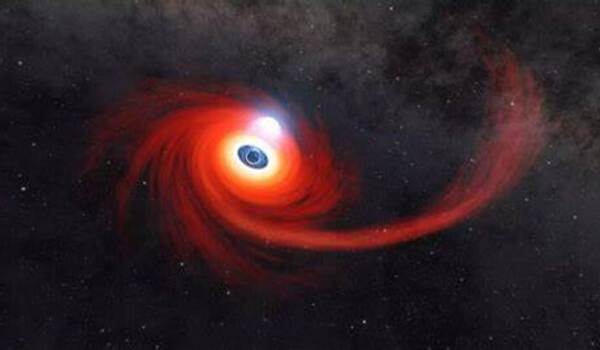
The young host galaxy, called GN-z11, glows from such an energetic black hole at its centre. Black holes cannot be directly observed, but instead they are detected by the tell-tale glow of a swirling accretion disc, which forms near the edges of a black hole. The gas in the accretion disc becomes extremely hot and starts to glow and radiate energy in the ultraviolet range. This strong glow is how astronomers are able to detect black holes.
GN-z11 is a compact galaxy, about one hundred times smaller than the Milky Way, but the black hole is likely harming its development. When black holes consume too much gas, it pushes the gas away like an ultra-fast wind. This ‘wind’ could stop the process of star formation, slowly killing the galaxy, but it will also kill the black hole itself, as it would also cut off the black hole’s source of ‘food’.
Maiolino claims that the massive jump forward afforded by JWST makes this the most exciting time of his career. “It’s a new era: the giant leap in sensitivity, especially in the infrared, is like upgrading from Galileo’s telescope to a modern telescope overnight,” he told the audience. “Before Webb came online, I wondered if the universe was less intriguing when you looked beyond what we could see with the Hubble Space Telescope. But that hasn’t been the case at all: the cosmos has been quite gracious in what it has shown us, and this is only the beginning.”
According to Maiolino, the sensitivity of JWST suggests that even older black holes may be discovered in the following months and years. Maiolino and his team hope to utilize future JWST observations to look for smaller’seeds’ of black holes, which will help them understand the various ways that black holes can originate, such as whether they start large or grow quickly.
